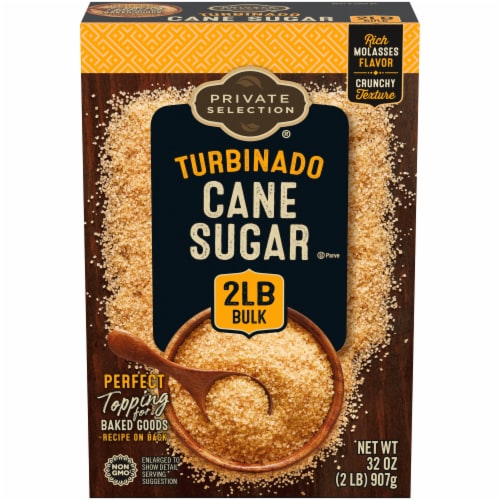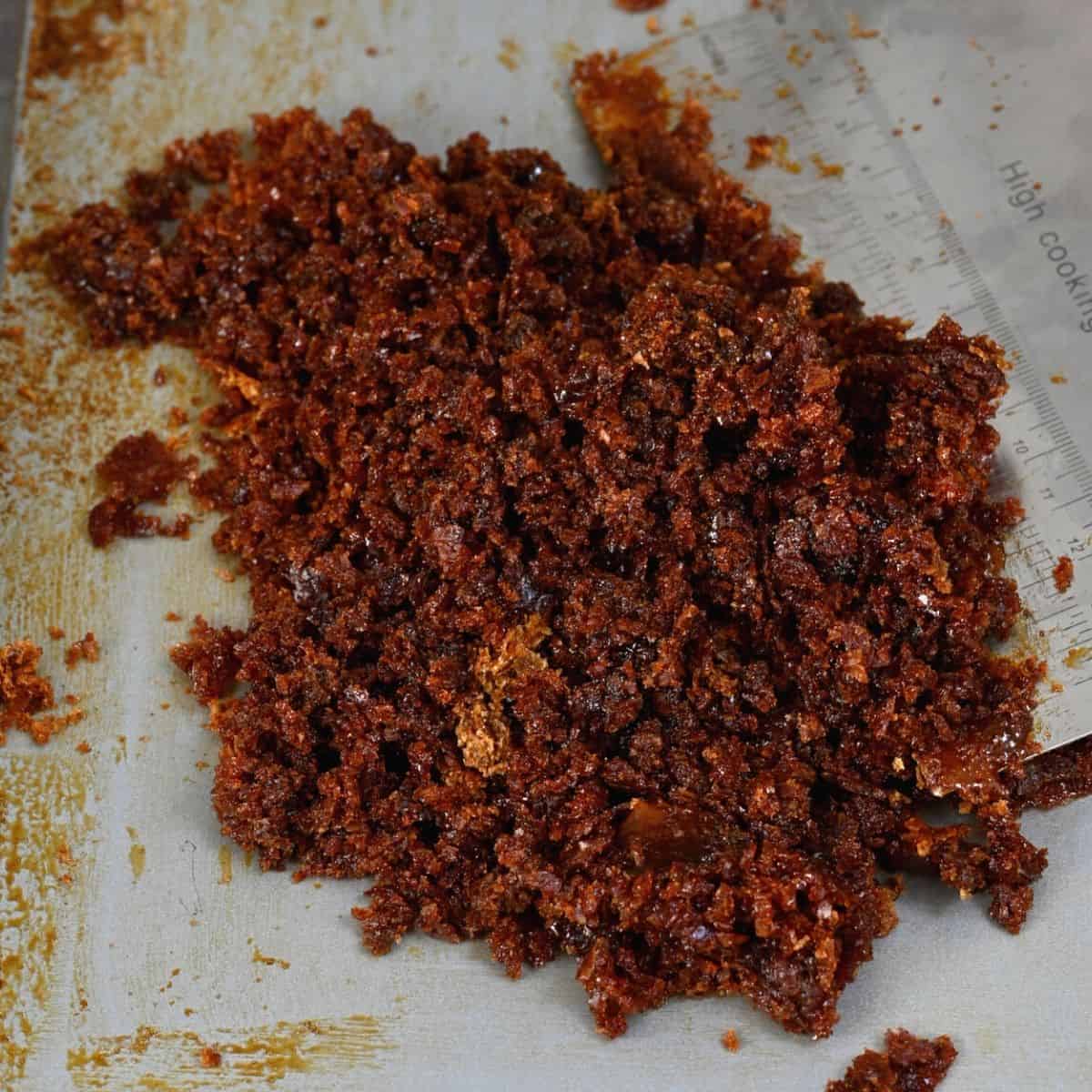Advanced Cane Sugar Processing: Enhancing Effectiveness and Sustainability
An Extensive Guide to the Ecological Influence and Sustainability Practices in Walking Cane Sugar Processing
The ecological influence of cane sugar processing provides a complex selection of obstacles that warrant cautious examination. From dirt deterioration and excessive water usage to the carbon impact connected with growing and production, the repercussions of traditional methods are far-ranging. What specific practices can be implemented to strike an equilibrium in between efficiency and ecological stewardship?
Introduction of Cane Sugar Processing
Walking stick sugar handling includes a series of systematic actions that transform sugarcane into polished sugar. At first, collected sugarcane is delivered to processing facilities, where it undertakes cleaning up to remove soil and particles. Following this, the cane is crushed to extract juice, which is after that cleared up by removing impurities with home heating and the enhancement of lime.
The made clear juice undertakes evaporation, where water is removed to concentrate the sugar web content. These crystals are separated from the staying syrup making use of centrifugation, resulting in raw sugar.
The final product is then dried and packaged for circulation. Throughout this entire procedure, keeping efficiency and top quality control is vital to ensure the sugar meets sector standards. Each action in walking cane sugar processing not just adds to the last item but also has implications for source usage and waste generation, establishing the stage for conversations on sustainability and ecological influences connected with sugar production.
Ecological Obstacles of Manufacturing
The manufacturing of walking stick sugar presents several significant ecological challenges that warrant attention. One main worry is the comprehensive use agrochemicals, including chemicals and plant foods, which can bring about dirt degradation, biodiversity loss, and contamination of local water sources. The drainage from sugarcane areas often lugs these chemicals right into neighboring environments, interfering with marine life and affecting the wellness of areas reliant on these water bodies.
An additional obstacle is the high power consumption linked with sugarcane processing. The boiling and refining phases require substantial heat, largely created by shedding fossil fuels, contributing to greenhouse gas exhausts. In addition, the large land area required for sugarcane farming can lead to deforestation and environment destruction, further aggravating climate adjustment and threatening wildlife.
Additionally, the labor practices in some areas increase moral concerns, as workers may deal with bad working conditions and inadequate wages. This circumstance frequently continues a cycle of hardship in local neighborhoods. Cane Sugar Processing. Addressing these environmental difficulties is crucial for developing extra sustainable practices in cane sugar manufacturing, inevitably profiting both the environment and the neighborhoods associated with this sector
Water and Land Usage Impact
Water sources and land usage are crucial elements in the cane sugar market that considerably impact the environment. The growing of sugarcane calls for considerable water input, with quotes suggesting that it can eat up to 2,000 litres of water per kilogram of sugar generated. This intensive use water often brings about depletion of local water resources, affecting not only the sugarcane ranches but likewise surrounding communities and communities that count on the very same water sources for agriculture and residential usage.

Additionally, land use for sugarcane growing can result in logging and the conversion of natural environments into monoculture vineyards. This technique diminishes biodiversity, interferes with neighborhood environments, and adds to dirt deterioration. The expansion of sugarcane fields commonly trespasses on valuable agricultural land, creating competition for resources between food and biofuel manufacturing.
Sustainable practices, such as maximizing watering strategies and carrying out plant rotation, are vital to reduce these impacts. By embracing much more reliable water use and land monitoring methods, the cane sugar sector can lower its ecological impact, guaranteeing an equilibrium between farming productivity and environmental preservation.
Greenhouse Gas Emissions
Greenhouse gas discharges represent a substantial environmental concern within the walking click here for more cane sugar processing market, especially as farming methods expand to satisfy worldwide demand. The farming of sugarcane, a plant that flourishes in exotic climates, counts heavily on artificial fertilizers and chemicals, which contribute to nitrous oxide discharges. In addition, land-use changes, consisting of deforestation for new sugarcane haciendas, launch co2 saved in plant life and dirt.
During processing, power intake is one more significant resource of greenhouse gas exhausts - Cane Sugar Processing. Several sugar mills make use of nonrenewable fuel sources to power machinery and generate warm, causing substantial carbon footprints. Moreover, the transport of raw sugarcane and finished products adds layers of discharges via gas burning in automobiles
The advancing impact of these emissions worsens climate change, posing threats not only to the environment but likewise to the lasting practicality of the market. Stakeholders need to identify the immediate requirement for detailed approaches that address these emissions. This includes evaluating existing farming methods, processing approaches, and transport systems to determine areas for enhancement and reduction. Addressing greenhouse gas emissions is important for fostering an extra sustainable walking stick sugar market in an altering environment.

Sustainable Practices and Innovations
Lasting practices and technologies are progressively important in the walking stick sugar handling sector as stakeholders look for to minimize environmental impacts while keeping performance. One substantial improvement is the application of incorporated plant monitoring, which maximizes source use by combining soil administration, pest control, and plant turning methods. This strategy enhances yield while reducing chemical inputs and preserving soil wellness.
Additionally, the fostering of renewable resource sources, such as biomass from sugarcane residues, has acquired traction - Cane Sugar Processing. By converting waste items right into power, processing centers can decrease their reliance on fossil fuels, consequently lowering greenhouse gas emissions
Water monitoring practices have additionally seen renovations through the recycling and reusing of water in processing plants, substantially reducing freshwater usage. Innovations in innovation, such as accuracy farming, make it possible for farmers to monitor crop wellness and resource usage extra efficiently, making sure lasting farming methods.
In addition, qualification programs like Fair Trade and Rain forest Alliance urge environmentally liable farming techniques and promote social equity within the supply chain. By welcoming these lasting practices and developments, the cane sugar processing industry can boost its strength and add positively to ecological stewardship.
Conclusion
The environmental effect of walking stick sugar processing presents substantial challenges, consisting of soil destruction, high water intake, and greenhouse gas exhausts, along with honest problems connected to labor techniques. Attending to these issues through sustainable methods, such as incorporated plant monitoring, renewable energy fostering, and water recycling, is crucial. By advertising socially fair and environmentally accountable techniques in sugar production, the market can minimize its check this site out negative effects, making certain a much more lasting future for both ecological communities and neighborhoods entailed in this industry.
Cane sugar processing involves a collection of methodical actions that transform sugarcane into polished sugar. Each action in walking stick sugar handling not just adds to the final product but likewise has ramifications for source use and waste generation, setting the stage for discussions on sustainability and ecological influences associated with sugar production.
Greenhouse gas emissions represent a considerable ecological issue within the cane sugar link processing industry, particularly as farming methods broaden to fulfill worldwide need.Sustainable practices and developments are progressively important in the cane sugar processing sector as stakeholders look for to lower environmental influences while maintaining performance.The ecological influence of walking cane sugar handling offers significant obstacles, consisting of dirt degradation, high water consumption, and greenhouse gas exhausts, together with ethical concerns associated to labor techniques.